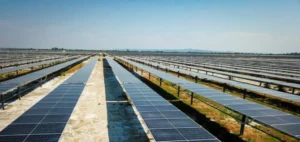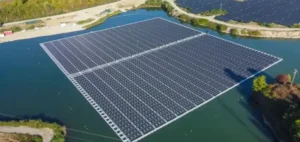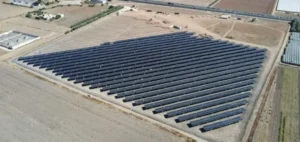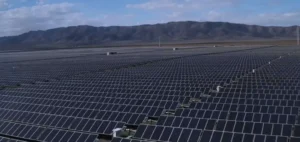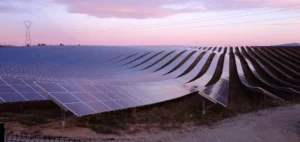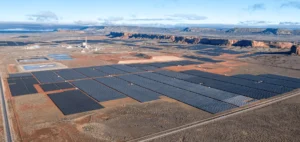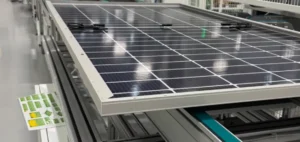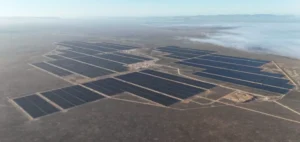West Holdings has announced a strategic partnership with Toshiba Energy Systems & Solutions to offer an integrated solution for the design, construction and operation of solar power plants and battery energy storage systems (BESS). This collaboration comes amid rapid growth in the storage sector in Japan, driven by increasing demand for optimised energy management on the grid.
Turnkey model for the BESS market
According to the two companies, the partnership will deliver turnkey services covering the entire value chain. West Holdings will manage development, construction and maintenance of the installations, while Toshiba Energy Systems & Solutions will provide aggregation and grid balancing services, supporting the integration of the assets into the electricity market. The aim is to maximise the assets’ performance across various energy value mechanisms.
Beyond grid-scale projects, the alliance also targets industrial clients seeking to reduce their carbon footprint. The partners will offer services including installation of solar plants and batteries on industrial sites, the setup of virtual power purchase agreements (PPAs), and support for selling surplus electricity produced onsite.
Accelerated growth of storage portfolio
This announcement follows a *Nikkei* report stating that West Holdings plans to invest JPY110bn ($733mn) in BESS projects by fiscal year 2027. The company has previously entered into several similar partnerships, including one with Grid to develop 800 MWh of high-voltage storage capacity, and another with TMEIC covering 20 battery projects primarily for third-party sales.
West Holdings is also working with JERA Cross to sell electricity from its solar power plants through corporate PPAs. In parallel, it continues to develop projects for its own portfolio: as of August 31, 2024, it owned over 800 MW of solar power capacity, including 350 MW not covered by the feed-in-tariff (FIT) scheme.
Dense pipeline of high-voltage projects
The company has also submitted around 400 grid connection applications for high-voltage storage projects and plans to develop 1 GWh of extra high-voltage storage capacity. These initiatives reflect a growth strategy focused on asset monetisation in an energy market increasingly geared towards flexibility and rapid response to demand.




